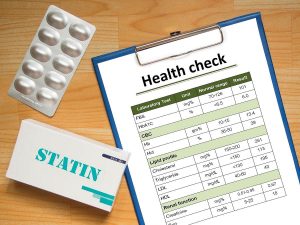
If you think it isn’t important to start breastfeeding your newborn while still in the hospital, think again. New research shows that infants who were exclusively fed breast milk during their hospitalization right after birth were 22% less likely to develop asthma in early childhood. The findings, to be presented Sunday at the American Academy of Pediatrics annual meeting in Orlando, Fla., held even after adjusting for maternal race, insurance, infant sex and length of hospital stay. “Although the birth hospitalization lasts only a few days, it sets a critical foundation for establishing breastfeeding, which can influence health outcomes like childhood asthma,” said study author Dr. Laura Placke Ward, co-director for the Center for Breastfeeding Medicine at Cincinnati Children’s Hospital Medical Center. “Our study underscores the importance of hospital practices in supporting exclusive breastfeeding, as these early experiences may impact long-term health,” she added in a meeting news release. While longer periods of exclusive breastfeeding are known to reduce asthma risk, the benefits of breastfeeding right after birth and before mom and baby leave the hospital is less well understood, the study authors noted. “Breast milk is the optimal nutrition for newborns, and breastfed infants have a decreased risk of developing many childhood illnesses, including asthma,” the researchers said. “Studies have shown that longer periods of exclusive breastfeeding confer greater protection against asthma, but few… read on > read on >












-150x150.jpg)











-300x200.jpg)













